This study aims to analyse the literature regarding the characteristics of Industry 4.0 in the context of operations management. The analysis covers the evolution of publications over time, the countries involved, the most prolific journals, the most cited authors, and the identification of the most frequent words that can generate insights for the research agenda. A total of 235 articles published between 2011 and 2017 were collected through an automated process from the Scopus and Web of Science databases and later analysed using data mining, bibliometric indicators analysis, clusters analysis, networks analysis, and word cloud. The bibliographic analysis explained the interaction between the various concepts and techniques associated with the central theme. These concepts and respective characteristics discussed allow an understanding and the development of agenda with theoretical possibilities to fill current research gaps.
- Autor/es: Juliano Sordan; Pedro Oprime; Marcio Pimenta; Paolo Chiabert; Franco Lombardi
- Año de publicación: 2022
- País: Brasil, Italy
- Idioma: Inglés
- Fuente de indexación: Scopus



